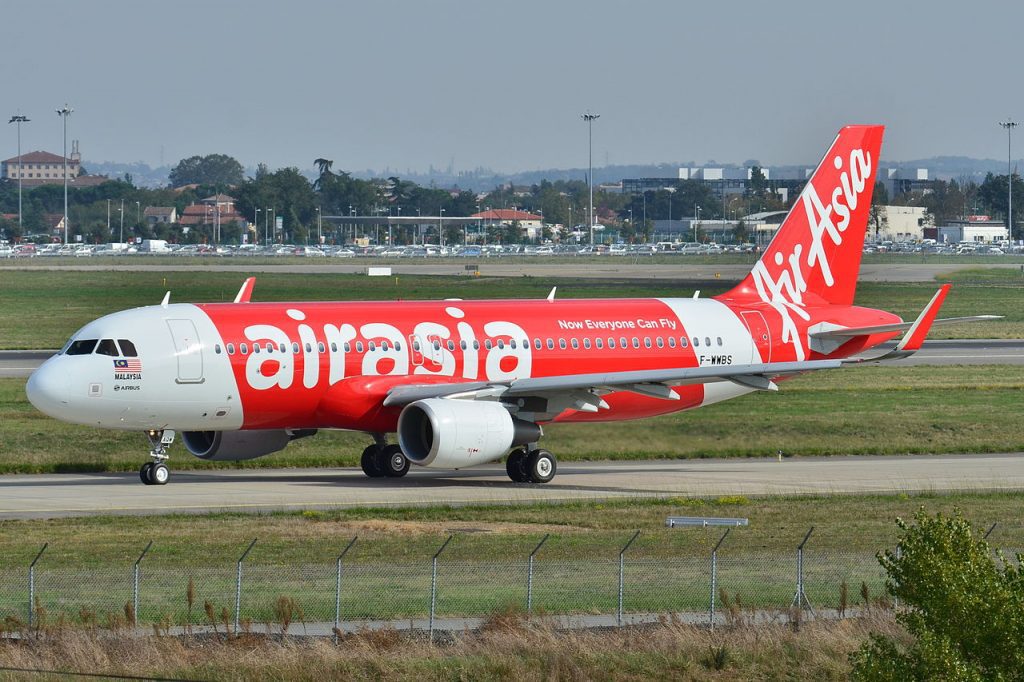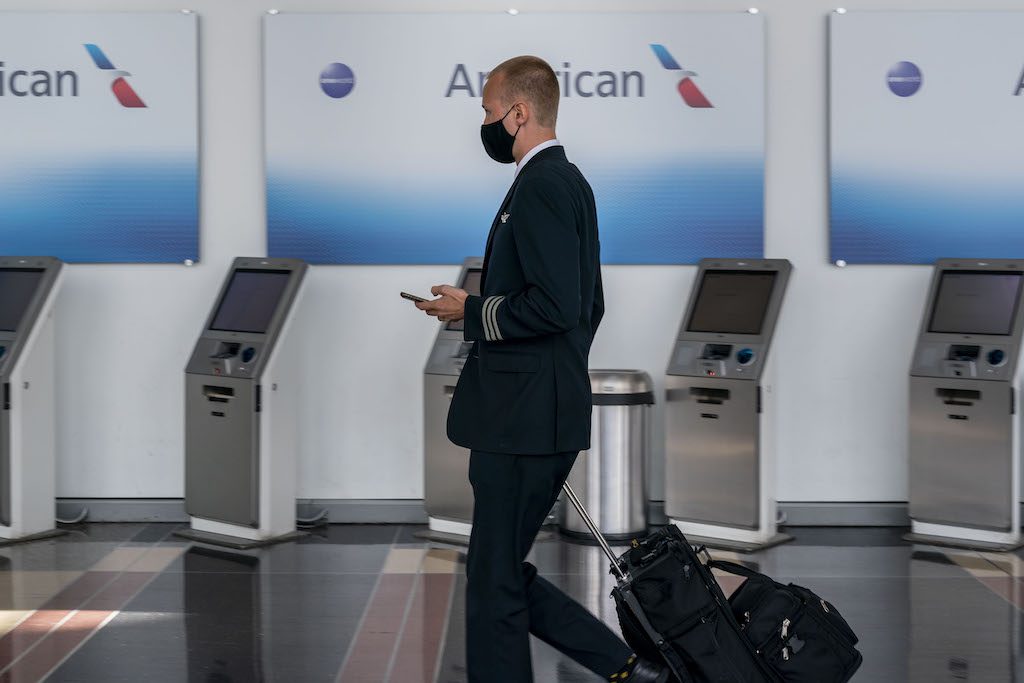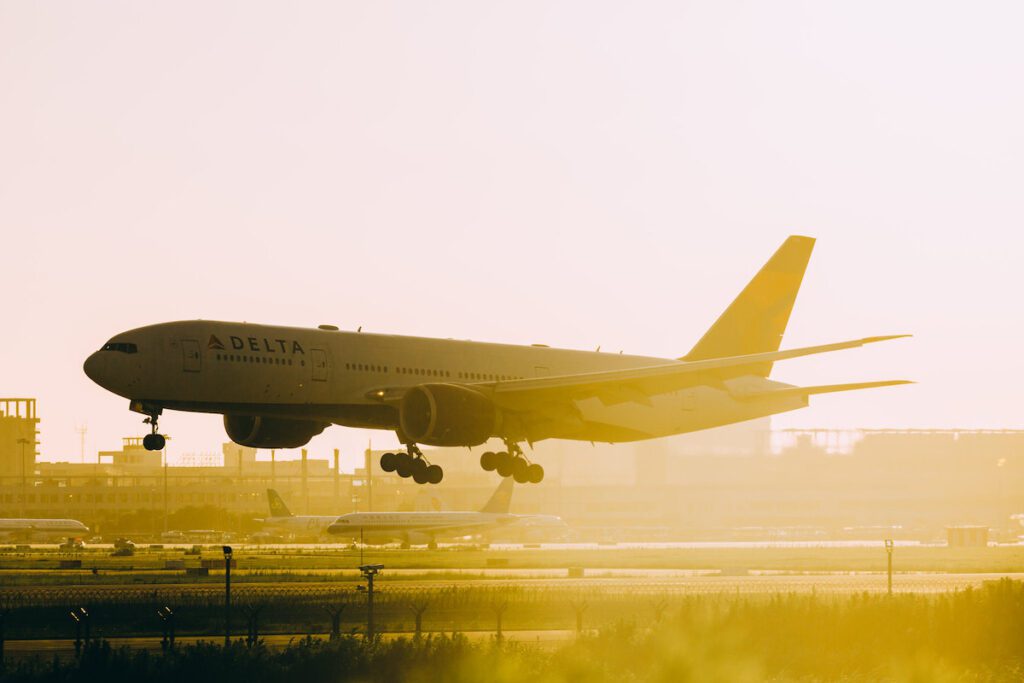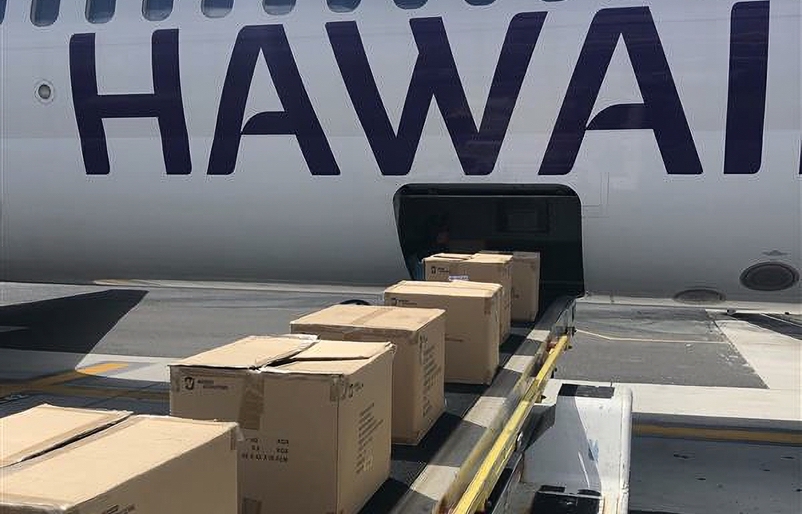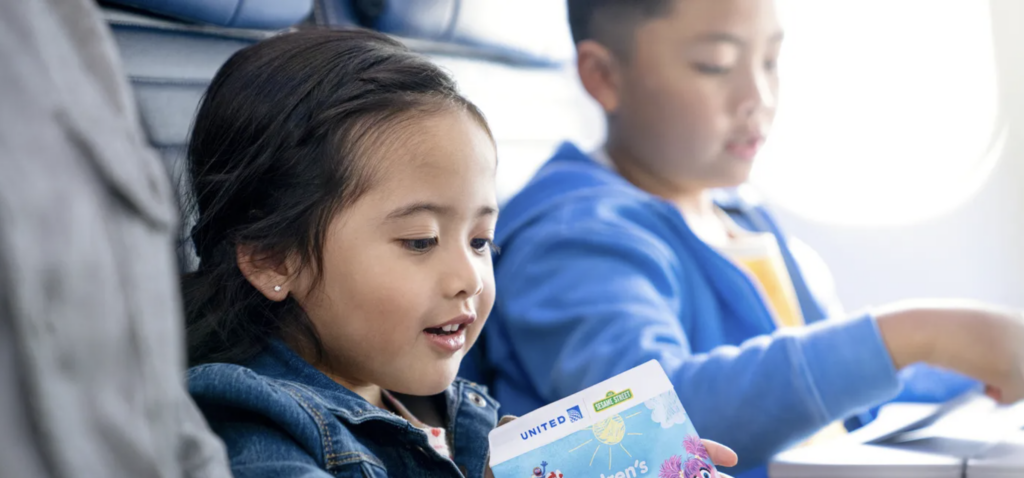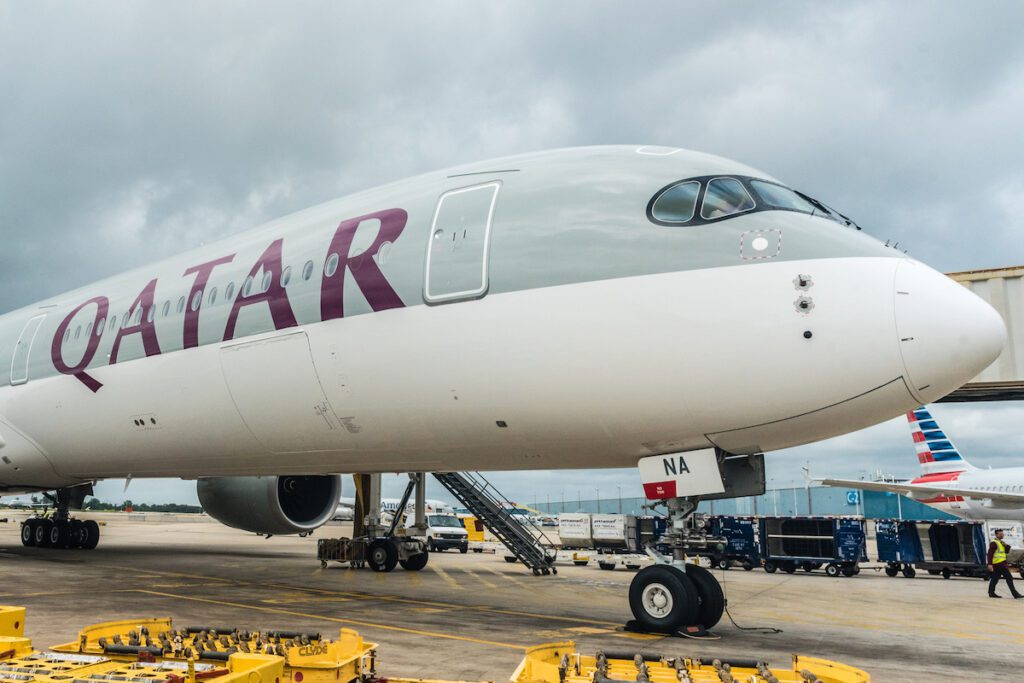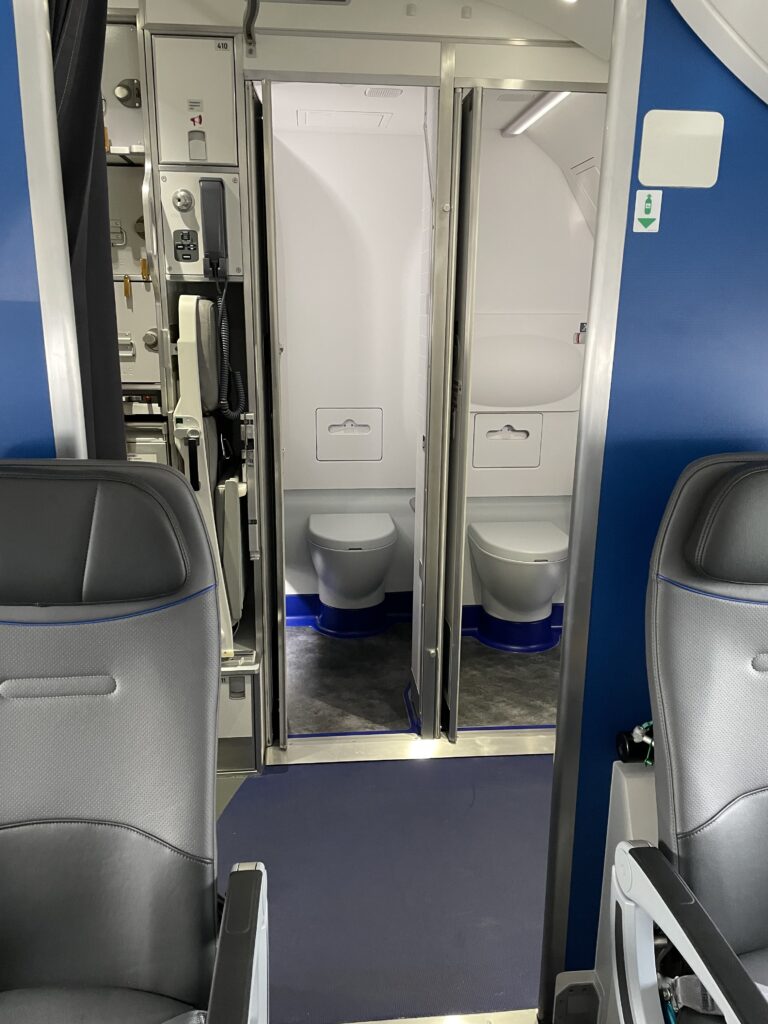Oman Air has introduced a new initiative across its fleet, which sees the plastic used to wrap passenger blankets and mattresses in its premium cabins replaced with an friendly, paper-based alternative.
The introduction of the paper bands will result in a reduction of up to 21.6 ton of plastic per year, according to a release from the carrier.
“In a concerted effort guided by our in-house experts and bolstered by collaborations with partners and vendors, we have successfully achieved another milestone in our sustainability efforts. This pivotal step aligns seamlessly with our corporate strategy to reduce waste and choose more environmentally friendly products, reflecting our commitment to national sustainability goals,” said Captain Nasser bin Ahmed Salmi, acting chief executive officer at Oman Air.
The initiative forms part of a wider initiative for Oman Air, as it aims to phase out the use of single-use plastics on board its aircrafts, including plastic sleeves used to load cutlery and reducing plastic water bottles and cuplets by up to 50% on certain routes. In 2023, it has also replaced 80% of its in-flight service carts with lightweight alternatives, providing a considerable boost to fuel efficiency.
Skift Ideas uncovers the most creative and forward-thinking innovations happening across travel. We celebrate innovation through our Skift IDEA Awards and hear from leaders on our Ideas podcast.
You can listen and subscribe to the Skift Ideas Podcast through your favorite podcast app here.


